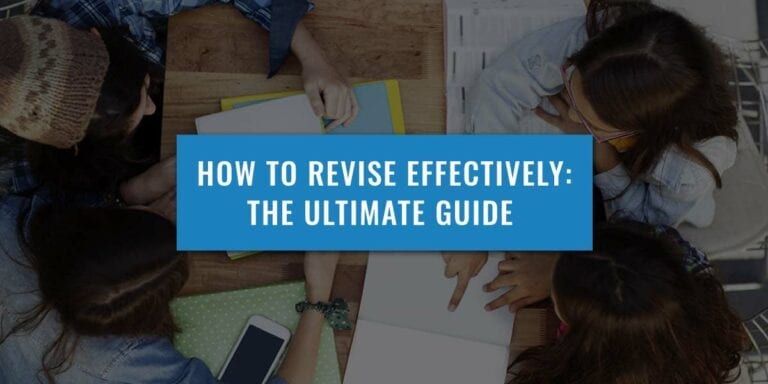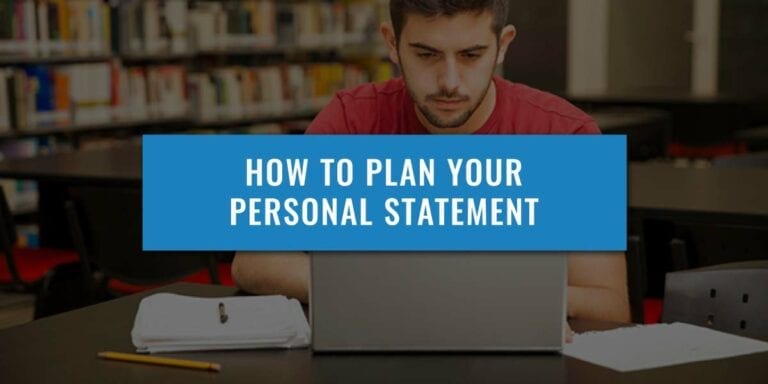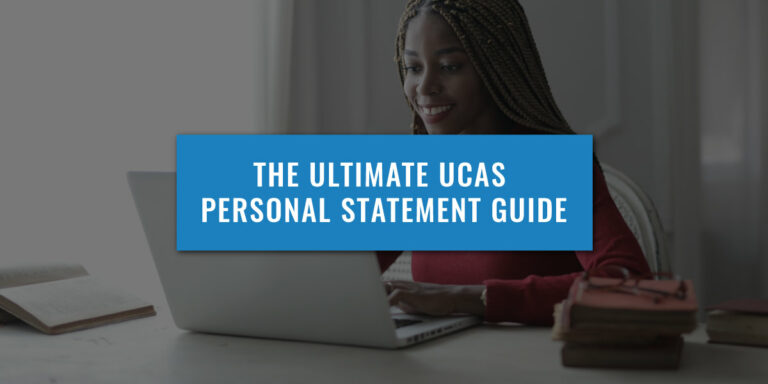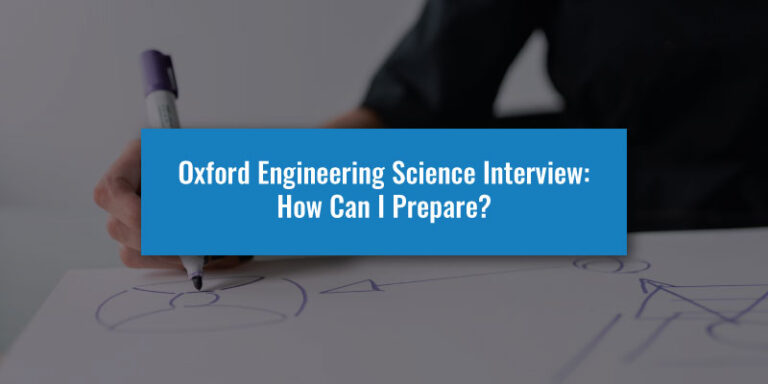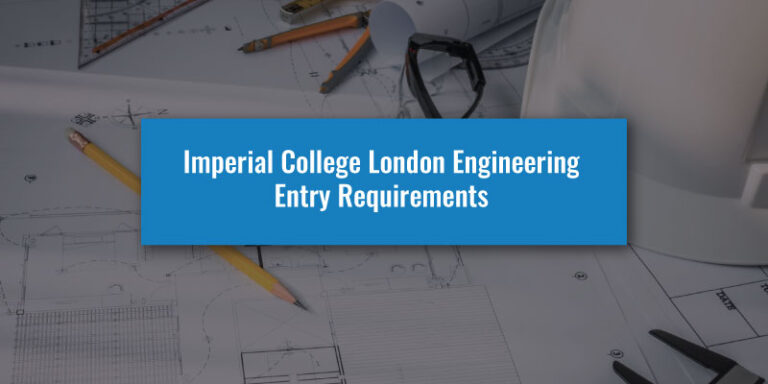The ENGAA is an important component of the Cambridge Engineering admissions process, so understanding it is essential.
The test focuses on testing each applicant’s maths and physics skills, which are the two core subjects of any engineering degree. In order to succeed in your studies of this subject, you need to have the core skills that are tested in the ENGAA.
This guide goes over everything you need to know about Section 1A of the ENGAA. This is a great starting point for your ENGAA preparation, but if you would like to learn more about the exam as a whole, we would recommend reading our ENGAA Basics Guide first. If you’re ready to dive straight in, let’s go.
What Is Section 1A Of The ENGAA?
Section 1 of the ENGAA is a 60-minute assessment testing your Mathematics and Physics aptitude.
The section is split into two parts, with Section 1A drawing upon your knowledge of Mathematics and Physics.
The questions are approximately split evenly between GCSE and A-Level knowledge. The questions can be quite difficult and it is easy to get bogged down.
The challenging nature of the questions, coupled with the intense time pressure of having to do one question every 90 seconds, makes this a difficult section.
You are strongly recommended to spend 30 minutes on Part A to answer the 20 questions.
Early preparation is the key to a successful Cambridge Engineering application.
Writing the perfect Personal Statement, scoring highly on the ENGAA and interviewing like a pro is how you get your dream Cambridge Engineering offer.
Discover our Engineering Programme for comprehensive admissions support by clicking the button below to enrol and triple your chances of success.
Assumed Maths Knowledge for Section 1A of the ENGAA
Mathematical aptitude is extrememly important for the ENGAA; many students find that improving their numerical and algebraic skills usually results in notable improvements in their scores.
Maths pervades the ENGAA, so if you find yourself consistently running out of time in practice papers, spending a few hours on brushing up on your basic Maths skills may do wonders for you.
Even good students who are studying Maths at A2 can struggle with certain ENGAA Maths topics because they are usually glossed over at school. These include:
Core Formulas

Quadratic Formula
The solutions for a quadratic equation in the form ax²+bx+c=0 are given by: x=(-b±√(b²-4ac))/(2a).
Remember that you can also use the discriminant to quickly determine whether a quadratic equation has any solutions:
b²−4ac<0 ⇒ No solutions
b²−4ac=0 ⇒ 1 repeated solution
b²−4ac>0 ⇒ 2 distinct solutions
Completing The Square
If a quadratic equation cannot be factorised easily, and is in the format ax²+bx+c=0, then you can rearrange it into the form a(x+b/2a)²[c−b²4a]=0
This looks more complicated than it is – remember that in the ENGAA, you’re extremely unlikely to get quadratic equations where a>1 or an equation which doesn’t have any easy factors. This gives you an easier equation: (x+b/2)²+[c−b²/4]=0 and is best understood with an example.
Consider: x²+6x+10=0.
This equation cannot be factorised easily but note that: x²+6x−10=(x+3)²−19=0.
Therefore, x=−3±√19. Completing the square is an important skill – make sure you’re comfortable with it.
Difference between 2 Squares
If you are asked to simplify expressions and find that there are no common factors, but the expression does involve square numbers, you might be able to factorise it by using the ‘difference between two squares’ trick.
For example, 𝐱²−𝟐𝟓 can also be expressed as(𝐱+𝟓)(𝐱−𝟓).
Example ENGAA Section 1A Maths Questions
Question 1
How many times do the curves y=x3 and y=x2+4x+14 intersect?
A.) 0
B.) 1
C.) 2
D.) 3
E.) 4
Question 2
The aspect ratio of my television screen is 4:3 and the diagonal is 50 inches. What is the area of my television screen?
A.) 1,200 inches²
B.) 1,000 inches²
C.) 120 inches²
D.) 100 inches²
E.) More information needed
Question 3
Fully factorise the following expression: 3a³ – 30a² + 75a.
A.) 3a(a-3)³
B.) a(3a-5)²
C.) 3a(a²-10a+25)
D.) 3a(a-5)²
E.) 3a(a+5)²
B
Whilst you definitely need to solve this graphically, it is necessary to complete the square for the first equation to allow you to draw it more easily: ⇒(x+2)²=x²+4x+4 ∴y=(x+2)²+10= x²+4x+14
This is now an easy curve to draw (it is the quadratic y = x² shifted 2 units left and 10 units up). The turning point of this quadratic is to the left and well above anything in x³, so the only solution is the first intersection of the two curves in the upper right quadrant around (3.4, 39). Therefore, there is only one intersection.
A
Let the width of the television be 4x and the height of the television be 3x. By Pythagoras’s theorem:
(4x)²+(3x)²=50²⇒ 25x²=2500
∴ x=10.
Therefore, the screen is 30 inches by 40 inches. So, the area is 1,200 inches².
D
It is evident that 3a is common to all terms and so, can be factored out to give:
3a(a² – 10a + 25) = 3a(a – 5) (a – 5) = 3a(a – 5)²
Aiming for a career in Engineering after you graduate? We’ll help you secure your dream Engineering offer first.
Writing the perfect Personal Statement, scoring highly on the ENGAA and interviewing like a pro is how you get your dream Cambridge Engineering offer.
Discover our Engineering Programme for comprehensive admissions support by clicking the button below to enrol and triple your chances of success.
Assumed Physics Knowledge for Section 1A of the ENGAA
Similar to the Maths knowledge, you are best off knowing everything on the specification before doing practice papers or questions.
These topics are almost guaranteed to come up, so you will gain more marks by learning them rather than just doing practice questions.
You will not be able to use a calculator or have a formula sheet with you so remembering them is essential to being able to answering the Physics questions.
Formulas You Must Know
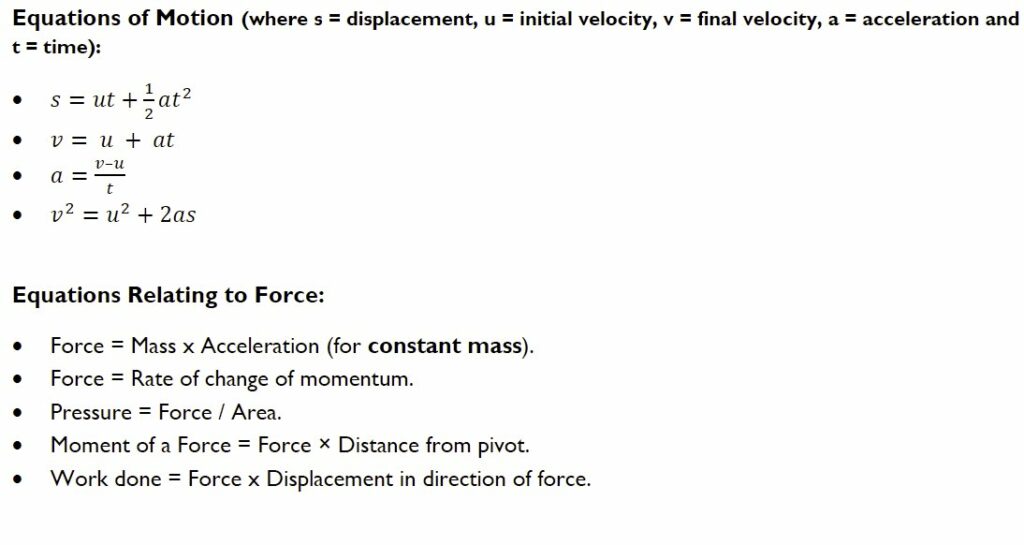
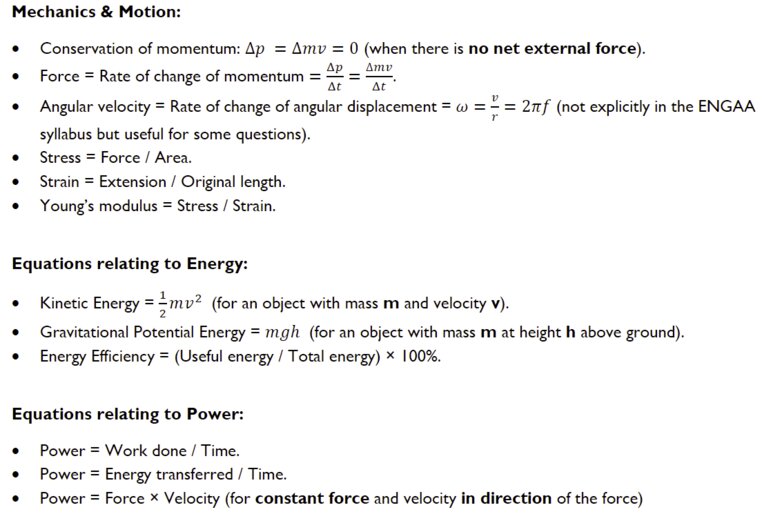

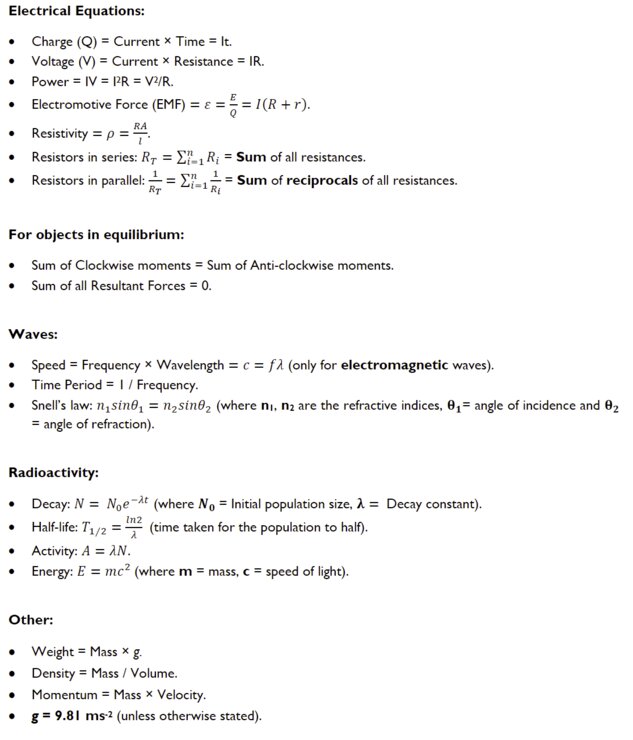
TOP TIP FOR PHYSICS!
Knowing SI units is extremely useful because they allow you to ‘work out’ equations if you ever forget them e.g. The units for density are kg/m³. Since Kg is the SI unit for mass, and m³ is represented by volume –the equation for density must be = Mass/Volume.
This can also work the other way, for example we know that the unit for Pressure is Pascal (Pa). But based on the fact that Pressure = Force/Area, a Pascal must be equivalent to N/m².
Example ENGAA Section 1A Physics Questions
Question 1
Which of the following statements is true when a sky diver jumps out of a plane?
A.) The sky diver will accelerate until the air resistance is greater than their weight.
B.) The sky diver will accelerate until the air resistance is less than their weight.
C.) The sky diver will accelerate until the air resistance equals their weight.
D.) The sky diver will accelerate until the air resistance equals their weight squared.
E.) The sky diver will travel at a constant velocity after leaving the plane.
Question 2
In relation to radiation, which of the following statements is FALSE?
A.) Radiation is the emission of energy in the form of waves or particles.
B.) Radiation can be either ionizing or non-ionizing.
C.) Gamma radiation has very high energy.
D.) Alpha radiation is of lower energy than beta radiation.
E.) X-rays are an example of particle radiation.
Question 3
Which of the following statements are true?
- Nuclear fission is the basis of nuclear energy.
- Following fission, the resulting atoms are a different element to the original type.
- Nuclear fission often results in the production of free neutrons and photons.
A.) Only 1
B.) Only 2
C.) Only 3
D.) 1 and 2
E.) 2 and 3
F.) 1 and 3
G.) 1, 2 and 3
H.) None of the statements are true
C
The sky diver leaves the plane and will accelerate until the air resistance equals their weight – this is their terminal velocity. The sky diver will accelerate under the force of gravity. If the air resistance force exceeded the force of gravity the sky diver would accelerate away from the ground, and if it were less than the force of gravity they would continue to accelerate towards the ground.
E
Radiation can indeed be in the form of waves or particles, and may be ionising depending on its energy. Gamma radiation does have very high energy, followed by beta radiation and then alpha radiation. Statement E, however, is not true as X-rays are waves and, therefore, are not an example of particle radiation.
G
Nuclear power plants utilise the large amount of energy released during atomic fission, therefore statement 1 is indeed true. Splitting an atom into two or more parts will, by definition, produce molecules of different sizes than the original atom – as these are the constituents of the parent particle. The free neutrons and photons produced by the splitting of atoms form the basis of the energy release.
Conclusion
You should now have a good understanding of how ENGAA questions are formatted, as the general structure and skillset don’t change too much between sections.
However, Section 1A is generally considered the easiest part of the ENGAA, so you are next going to have to learn about Advanced Maths and Physics, which are required for ENGAA Section 1B. This will then be followed by ENGAA Section 2, which is the toughest section of the exam and focuses solely on Advanced Physics, so be sure to read our guide to get an understanding of what the questions are like.
If you are interested in more comprehensive support for the ENGAA, be sure to find out more about our ENGAA Tuition Programme, which provides you with everything you need to boost your score and triple your chances of success.
Our expert tutors will guide you to Cambridge Engineering success.
Applying to Oxbridge is immensely competitive, and you must give yourself the best chance of success. We help you craft the perfect Personal Statement, achieve a highly competitive ENGAA score and teach you how to Interview effectively – covering all areas of your Oxbridge application.
Discover our Cambridge Engineering Premium Programme for comprehensive admissions support by clicking the button below to enrol and triple your chances of success.


